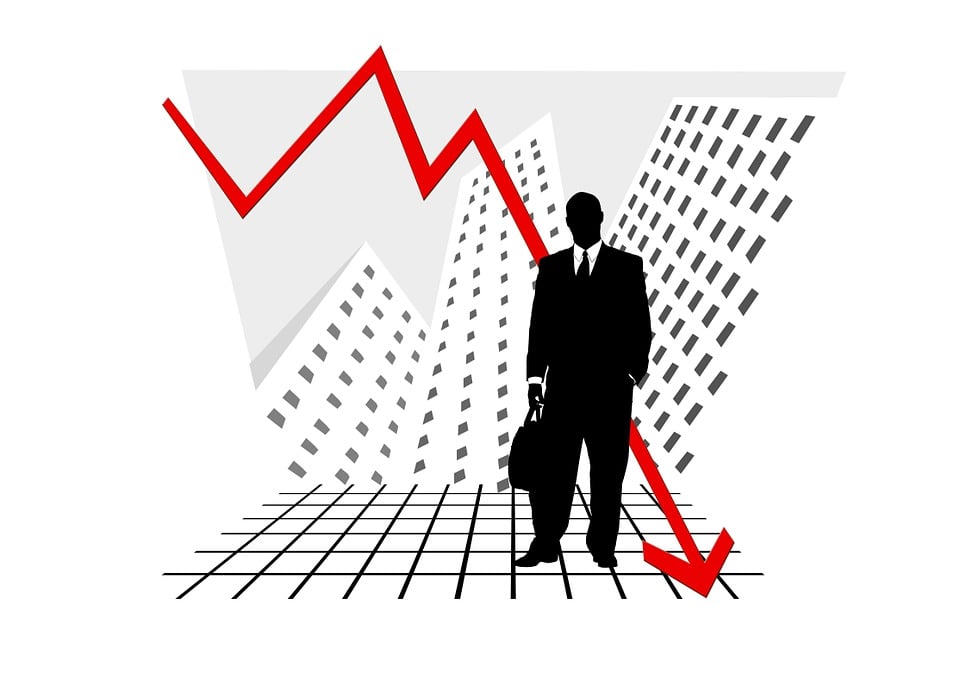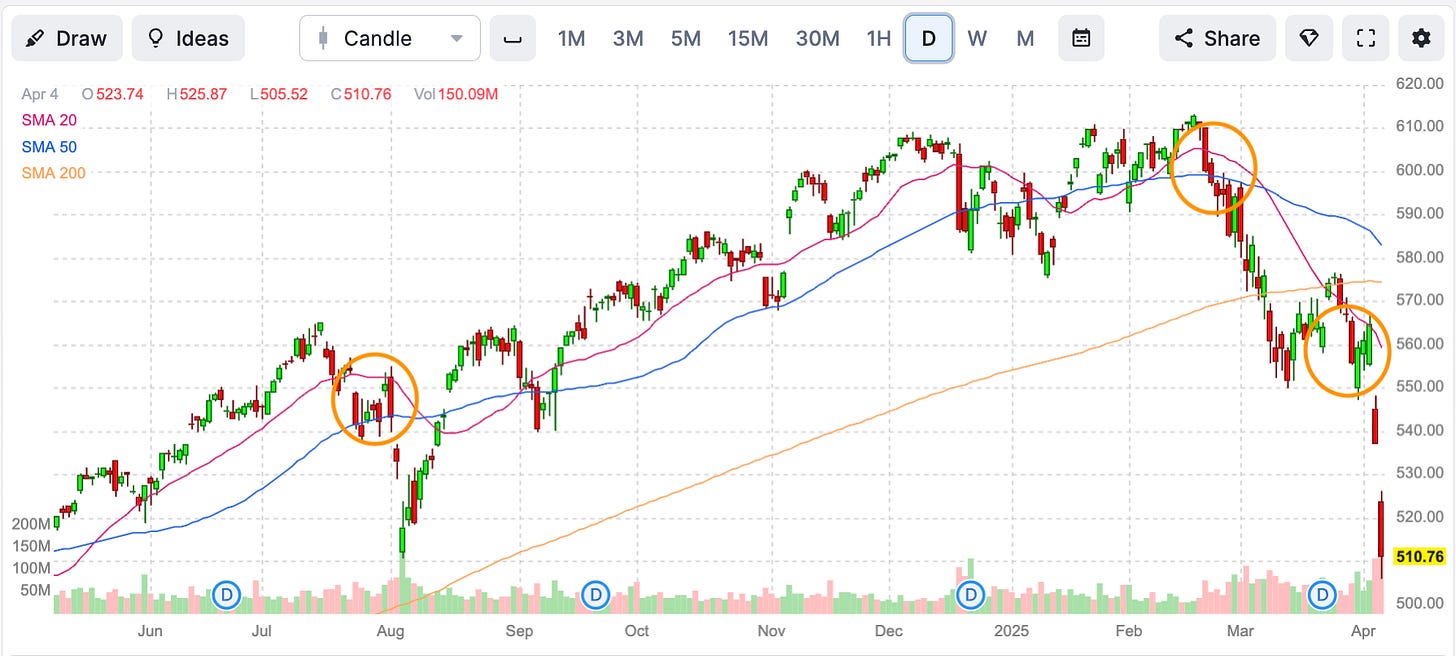Someone Went Under

Image Source: Pixabay
You don't usually see bank stocks sell off like this unless there's a bunch of people all taking a write-off at the same time. We'll find out -- or maybe we won't.
We’ve been seeing a good few years of quantitative easing/yield-suppressing gains turn into panic buying. The markets seemingly loved the money printer, but it’s not coming on anytime soon. And sure enough, there’s a pretty interesting development to take note of.
I was on a quick market update with Don Kaufman recently, and he pointed something out. The SPDR S&P 500 Financial ETF (XLF) has been looking like a falling knife, meaning no one seems to be buying up bank stocks right now.
(Click on image to enlarge)
It’s moved down more than 10% in two days. This fund represents many of the big commercial banks you know, such as Bank of America (BAC) and JPMorgan (JPM). Additionally, there is also Goldman Sachs (GS) and Morgan Stanley (MS) to keep in mind.
When we see this sort of development in these stock prices, it can signal that some big trade or trader somewhere has blown up. And many places are willing to take a write-off and be done with it.
This tiny move down for the S&P 500 Financials ETF in March of 2021 occurred back when Swiss banks were devastated with one-directional bets.
That was nothing compared to where we are right now. This is bigger.
Will we find out what happened? Yes, but only after the banks get themselves out of the way and secure a life raft first.
I Don’t Even Have a CFA
Now, let's switch topics. This weekend, you might receive an email from a fund manager. They have probably been avoiding you. But it is safe to say that they will eventually need to let you know that the markets are selling off -- as if you haven’t noticed.
They might send a note suggesting you need to stay in the market, and that you need to stick with them. And they may suggest that a lot of this selling was out of their hands. This sell-off has exposed their lack of fundamental and technical investment analysis. They’ve just been relying on the Fed to do everything.
If they have a CFA, they need to go back to school. After all, the CFA 1 exam has an entire section on technical analysis. And what they should know is this: The 20-day moving average on the S&P 500.
The 20-day moving average is a pretty good thing to follow, because nothing good happens on a macro level under the 20-day moving average.
It is an important confirmation signal that we often use for the state of the market. This is basic technical analysis. It’s not complicated.
Equities usually fall under the 20 SMA a day or two after our signal goes negative. That means we’re first to the sidelines, and the market catches up. That has been a key momentum line in the era of cheap money because the markets need more cash to keep prices rising the way they have.
Well, when it breaks under the 20-day day, funds start to head toward the exits, algorithms stop buying, and short-sellers start to pile on. You don’t need to overthink it, just look at the charts.
More By This Author:
S&P 500 Goes To Red... But..Avoid These Three Stocks Over $4 (And These Karaoke Songs, Too)
High Frequency Trading, PPI Misreads Helped Fuel a Short Squeeze... Now What






